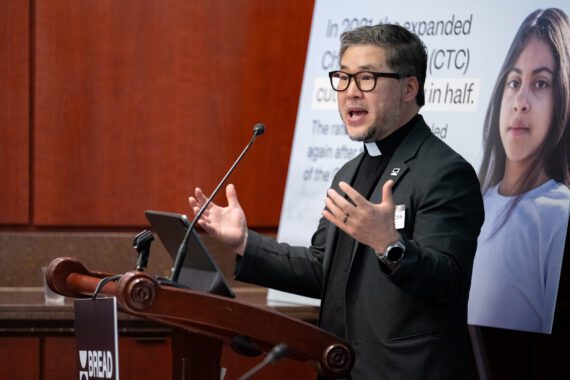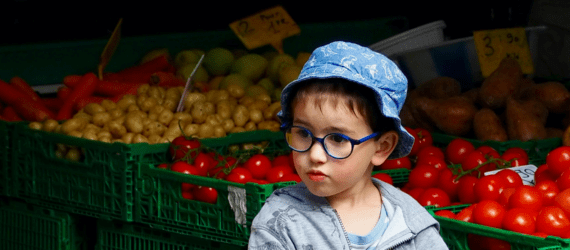Editor’s note: This is the sixth piece in a series that explores gender pay equity as an essential element of ending hunger in the United States. Read earlier pieces: “Reducing U.S. Hunger by Closing the Gender Wage Gap,”“A Closer Look at Gender Pay Inequities,” “Gender Pay Equity Means Faster Progress Toward Ending Hunger,” “Strengthening Protections Against Gender Pay Inequities,” and “Gender Pay Equity: Increasing Equity by Supporting Families.”
We know that gender pay equity is extremely important in preventing food insecurity among women and their children, but it is not the only factor. In the most recent piece in this series, we discussed how a policy such as the expanded Child Tax Credit, which enables families to better care for their children, can help mitigate the impacts of pay inequities. In this piece, we talk about an aggravating factor.
The first requirement for a woman to have a job with equitable pay is to have a job in the first place—and to be able to keep that job. Unemployment does not have one straightforward cause that applies to everyone. Racism has a significant impact on job offers and pay for both men and women. The COVID-19 pandemic affected women more than men, particularly women with children at home.
The national unemployment rate has fallen precipitously in the past two years. But it remains to be seen whether or how economic impacts of the pandemic will affect progress toward gender pay equity in the coming years.
But a different barrier to achieving gender pay equity may be surprising to some: domestic violence. Many people realize that domestic violence, often called intimate partner violence, is far too common in our society. We may recognize that it does not respect boundaries such as education level, income, or class. Many people understand that a question like “Why doesn’t she just leave him?” oversimplifies the issue.
Onlookers may know this intellectually, yet still be tempted to think that surely leaving will solve the problem, regardless of any potential arguments against it. Without experience as family, friends, or victims themselves, the extent of the difficulties with “just leaving” may simply not be clear. For example, the most dangerous time for a victim of domestic violence is when she or he attempts to leave the abuser. Who can decide for anyone else that the risk of being killed while trying to leave, whether at the time or later, is a risk worth taking?
Another reality that may be overlooked is the fact that financial abuse is an extremely common facet of domestic violence—almost universal, according to organizations that work with survivors. Financial abuse may take many forms, from preventing victims from working or forcing them to quit their jobs; to taking the money they earn, either outright or by draining joint bank accounts; to running up credit card debt or otherwise ruining the victim’s credit rating.
It may be even more startling to learn that a leading cause of homelessness among women is domestic violence. But according to the nonprofit organization End Homelessness, domestic violence is the immediate cause [of] homelessness for many youth, single adults, and families. The media and people may report things like: “She grabbed the kids and they left with only the clothes on their backs.”
But what happens after that? Some survivors are able to leave and re-establish themselves without outside help. Others may live paycheck-to-paycheck but be able to plan ahead and put aside a little money or turn to family and friends.
But others face emergency situations with little or no savings to fall back on. In 2019, Laura Rogers, Principal Deputy Director of the Office on Violence Against Women, affirmed the reporting of nonprofits, saying, “Domestic violence is one of the primary causes of homelessness for women and their children in the United States… If our goal is to truly empower survivors of domestic violence, they must be provided with the tools to establish economic self-sufficiency, short-term goal-setting, and long-term planning for their futures.”
There is much more that could be said about survivors’ own perspectives and priorities. We also need a fuller discussion of how government agencies and nonprofit entities could advocate for survivors. To start, anti-hunger advocates could ensure that the leadership of these institutions, as well as their own family members, friends, and neighbors, are aware of the problem. Large numbers of women in our country are caught in a dilemma, for themselves and their children, between the risk of worsening domestic abuse, and potential homelessness and hunger.
Michele Learner is managing editor, Policy and Research Institute, with Bread for the World.



